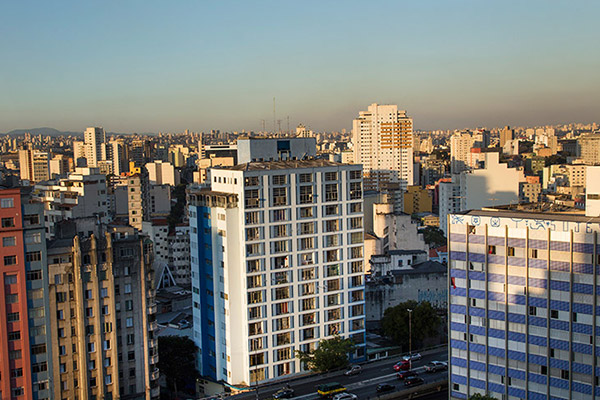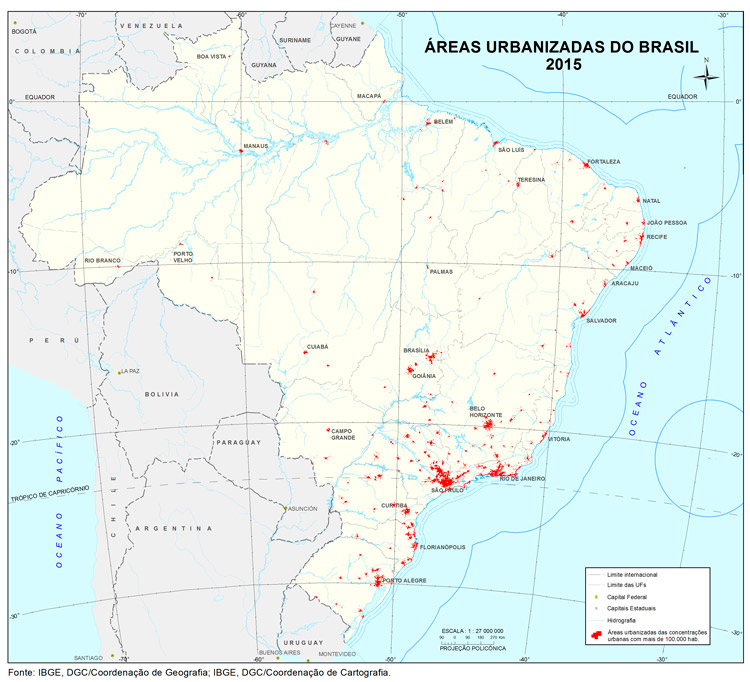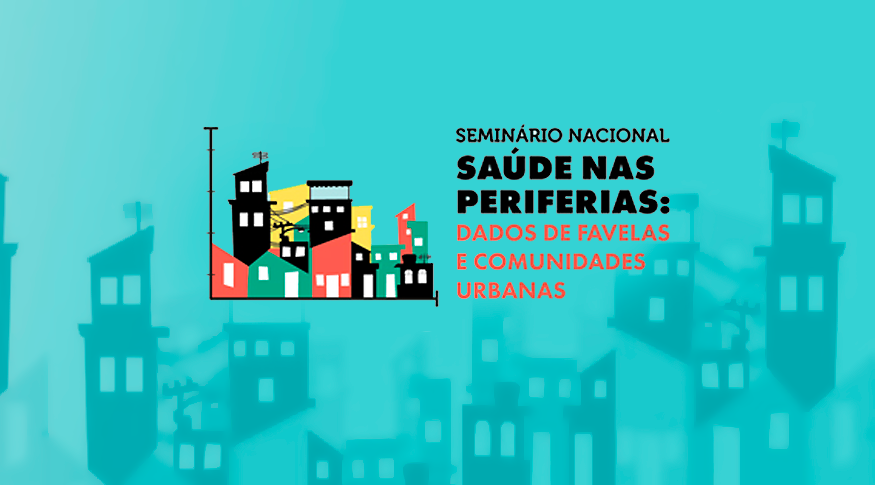Cities
Study shows country's urban consolidation
June 20, 2018 10h00 AM | Last Updated: June 21, 2018 09h54 AM

The 120 urban concentrations mapped in the publication "Urbanized Areas of Brazil 2015", launched today by the IBGE, show the portrait of a country that has been consolidating its urbanization process. Proof of that is the predominance of areas characterized by continuous occupation, with little spacing between build-up areas. At this stage, the study encompassed 22 Federation Units with urban concentrations of 100 to 300 thousand inhabitants, in a total area of 4,885.17 km².
This edition brings an innovation in relation to the previous one (dedicated to urban concentrations above 300 thousand inhabitants): it includes the areas by municipalities. The municipal disaggregation showed that, of the ten largest urbanized areas of the country, only Campinas (SP) is not a capital: São Paulo (SP), Rio de Janeiro (RJ), Brasilia (DF), Curitiba (PR), Goiânia (GO), Belo Horizonte (MG), Fortaleza (CE), Manaus (AM) and Campo Grande (MS).
"An urban concentration may be constituted of only one municipality, as in the case of Uberlândia (MG), but it may also be a set of municipalities, as in the case of Rio de Janeiro," explains Maurício Gonçalves e Silva, a geographer at the IBGE.

According to the study, 84% of the country's urban concentrations are classified as dense, which is an indication of the consolidation of the urbanization process. "We can think of dense areas like those with houses next to one another, with a yard, a pattern of streets, even areas with buildings," says Maurício.
According to him, the less dense areas, which complete the other 16%, are those with more spaced buildings and lots of empty land.




















